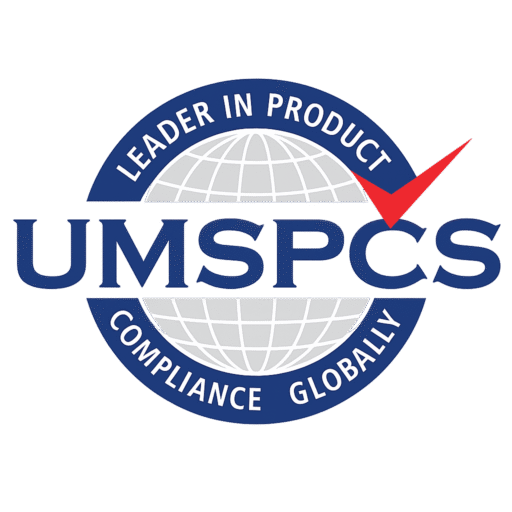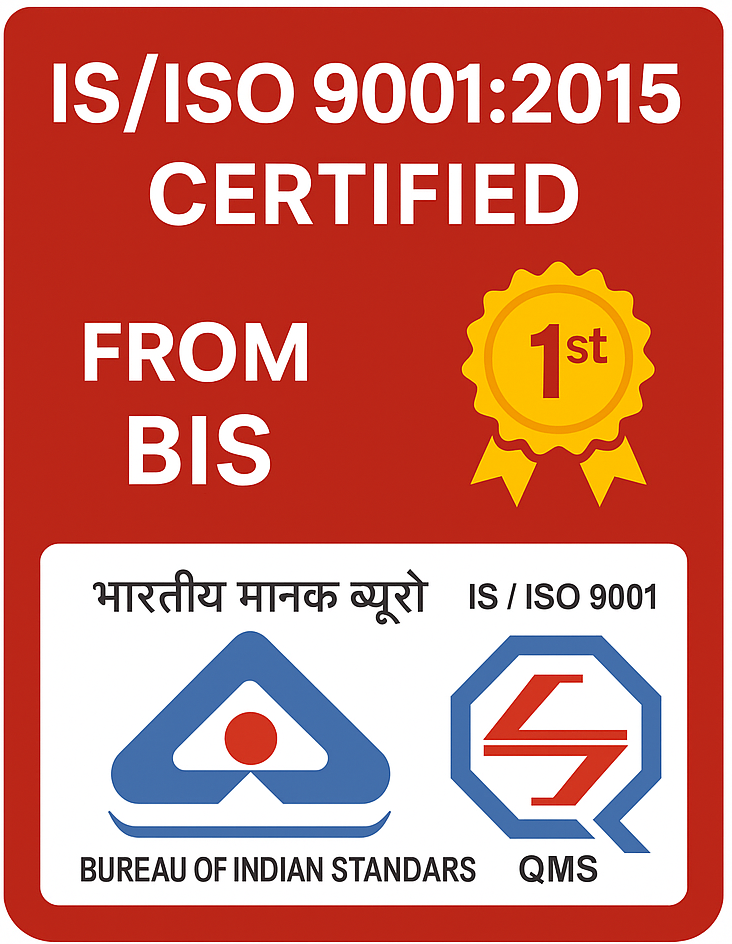
ISO Certification
ISO is the symbol for International Organization for Standardization. The word ISO comes from the Greek word ISOS, which means “equal.” In Geneva, Switzerland, the International Federation of National Standardizing Associations (ISO) was established in 1920. (ISA). Due to the Second World War, it was stopped in 1942, but when delegates from the ISA and UNSCC met in London in October 1946, they decided to unite to form the new International Organization for Standardization. In February 1947, the brand-new organization began operations.
The organization’s abbreviated moniker was adopted because the full name, International Organization for Standardization (ISO), would translate differently in different languages. After issuing about 16,500 worldwide standards, the ISO has evolved into a federation of delegates representing more than 150 countries. They meet regularly to discuss both current and classic management practices.
What is ISO Certification?
The International Organization for Standardization (ISO) ensures that a product, service, or system meets globally accepted standards for efficacy, safety, and quality. These standards help businesses deliver products and services that are reliable and of high quality, while also improving operational efficiency and customer satisfaction.
Common Misunderstanding: Saying “ISO Certified” alone is technically incorrect—it doesn’t specify which ISO standard the product or system is certified to.
For example, instead of saying just “ISO Certified,” it should be: “ISO 9001:2015 Certified for Quality Management” or “ISO 14001:2015 Certified for Environmental Management”.
Always include the full standard number and name when referring to ISO certification to ensure clarity and accuracy.
Types of ISO Certification
ISO/IEC 17025
Testing and calibration laboratories using standard, non-standard, and lab-developed methods.
ISO 13485
Quality management throughout the life cycle of medical devices.
ISO 639
Standard for internationally accepted language codes.
ISO 4217
Standard for currency codes to avoid confusion in global transactions.
ISO 3166
Standard for referencing countries and their subdivisions using codes.
ISO 8601
Standardized format for representing date and time internationally.
ISO 26000
Guidelines to help organizations operate in a socially responsible way.
ISO 31000
Risk management standard to improve business decision-making and performance.
ISO 50001 / EN 16001
Energy management systems to optimize energy use and reduce costs.
ISO 20121
Management system for organizing sustainable events responsibly.
ISO 37001
Anti-bribery management system to prevent, detect, and respond to bribery.
ISO/IEC 27001
Information security management to protect critical digital assets.
ISO 9001:2008
Quality Management System focused on continuous improvement and customer satisfaction.
OHSAS 45001
Occupational health and safety management system to reduce workplace risks.
ISO 10002
Guidelines for effective complaint management and customer feedback handling.
ISO 14001:2015
Environmental management system for sustainable and eco-friendly operations.
ISO 28000
Security management system for supply chain risk and threat protection.
ISO 22001
Food safety management system ensuring food quality and safety across supply chains.
SA 8000
Standard for social accountability and ensuring ethical labor practices.
Documents Required for ISO Registration
- Passport size photographs
- Aadhar Card
- Company PAN Card
- Company Letterhead / Visiting Card
- Company Address Proof
- Business Registration Proof
- Copy of Sales and Purchase Bill / GST Registration
- Scope of Business
- Organization Chart
Process for ISO Certification
- Identify the ISO Standard – The first step is to identify the ISO Standard, which standard is suitable for the organization, and meets the goals and objectives of the organization.
- Choose ISO Registrar – Next step is to choose a well-experienced ISO Registrar. Registrar experience must match the industry.
- Prepare Application – The Company and the registrar draft an application contract that spells out the parties’ rights and responsibilities.
- Pre-assessment of Documents – Each document is pre-assessed and reviewed; it will take 2–4 weeks. Under this step, regular surveillance of the system is required by the registrar.
Lead Time: For the standard method, 2 working days are needed, whereas the streamlined approach takes about 30 working days.


